Archive for articles
Interchangeability among reference insulin analogues and their biosimilars: regulatory framework, study design and clinical implications H. A. Dowlat*, M. K. Kuhlmann, H. Khatami & F. J. Ampudia-Blasco
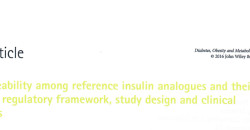
Interchangeability among reference insulin analogues and their biosimilars: regulatory framework, study design and clinical implications H.A. Dowlat*, M. K. Kuhlmann, H. Khatami & F. J. Ampudia-Blasco Biosimilars are regulated differently from small-molecule generic, chemically derived medicines. The complexity of biological products means that small changes in manufacturing or formulation may result in changes in […]
How Safe Are Biosimilars? Implications of FDA and EMA Guidances and European Experience since 2006—Part 1
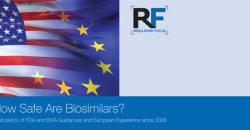
How Safe Are Biosimilars? Implications of FDA and EMA Guidances and European Experience since 2006—Part 1 This is the first of a two-part series on the pre- and postapproval clinical safety of known EU-approved biosimilar therapeutic protein medicinal products. It compares and contrasts EU experience with the long-awaited, overarching FDA biosimilars guidances. It also anticipates […]
How Safe Are Biosimilars? Implications of FDA and EMA Guidances and European Experience since 2006—Part 2
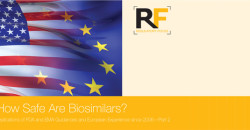
How Safe Are Biosimilars? Implications of FDA and EMA Guidances and European Experience since 2006—Part 2 This two-part series provides insights into the new paradigm of biosimilar medicines based on approval and medical experience postapproval. It proposes a framework for the understanding, development and acceptance of a new generation of biologic medicines, biosimilars, in the […]
Perceptions and realities of clinical safety of biosimilars – EU and US perspectives: Part 2
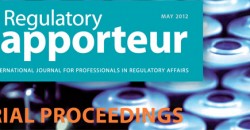
Perceptions and realities of clinical safety of biosimilars – EU and US perspectives: Part 2 This article continues from Part 1 (see Regulatory Rapporteur, April 2012) in appraising the clinical safety of known EU-approved biosimilar therapeutic protein medicines pre-approval and postapproval, comparing current EU regulations with three new FDA biosimilars guidances issued in February 2012: […]
Perceptions and realities of clinical safety of biosimilars – EU and US perspectives: Part 1
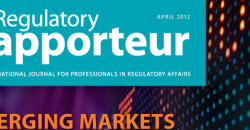
Perceptions and realities of clinical safety of biosimilars – EU and US perspectives: Part 1 This article is Part 1 of a two-part paper appraising the clinical safety of known EU-approved biosimilar therapeutic protein medicines pre-approval and post-approval, and compares and contrasts with the long awaited overarching FDA biosimilars guidances, “nally issued in February 2012. […]
Biosimilars Breaching Borders: How FDA and EMA Find Common Ground
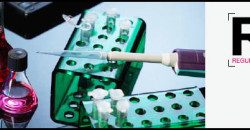
By HA Dowlat and Karl-Ludwig Rost Human clinical pharmacology pharmacokinetic (PK) and pharmacodynamic (PD) studies are vital for many reasons, and uniquely useful in extrapolating the efficacy and safety of biosimilars. PK and PD studies are the most objective clinical trials, and are sensitive to changes in a drug product. But the workings and concepts […]
The importance and impact of the EU RMP and US REMS to risk-benefit assessments
The UE RMP is an engagement of wider scope than the US REMS, and is binding on a large set of medicines. The US REMS is compulsory only for some medicines, and can be limited to two years post product launch. The REMS concerns itself with communication of risk; with the prescriber information, the package […]
The current status of biosimilar biologics – Part 1: An international perspective.
Europe set a precedent in 2006 by approving the first biosimilar medicines for human use. This led to the establishment of supporting laws and regulations in other major regions such as Canada in 2009, South Africa in 2009, Australia in 2009, Malaysia in 2009, the US in 2010 and a WHO international guidance in 2010. […]
The current status of biosimilar biologics – Part 2: Practical considerations in international development through European lessons learned
Biotech products coming off patent afford a window of opportunity to obtain a marketing approval for a “follow-on” by a new product developer. If the supporting data are sufficient to authorise interchangeability or substitution then the new product is defined as a similar biologic or “biosimilar”. Europe is leading the way in defining the regulatory […]
Fresh Insights Into the Practicalities of Developing Biosimilar Biologics
Biotech products coming off patent afford a window of opportunity to obtain a marketing approval for a “follow-on biologic” by a new product developer. If the supporting data are sufficient to authorize interchangeability and substitution, the new product is defined as a similar biologic or “biosimilar.” Europe is leading the way in defining the regulatory […]
